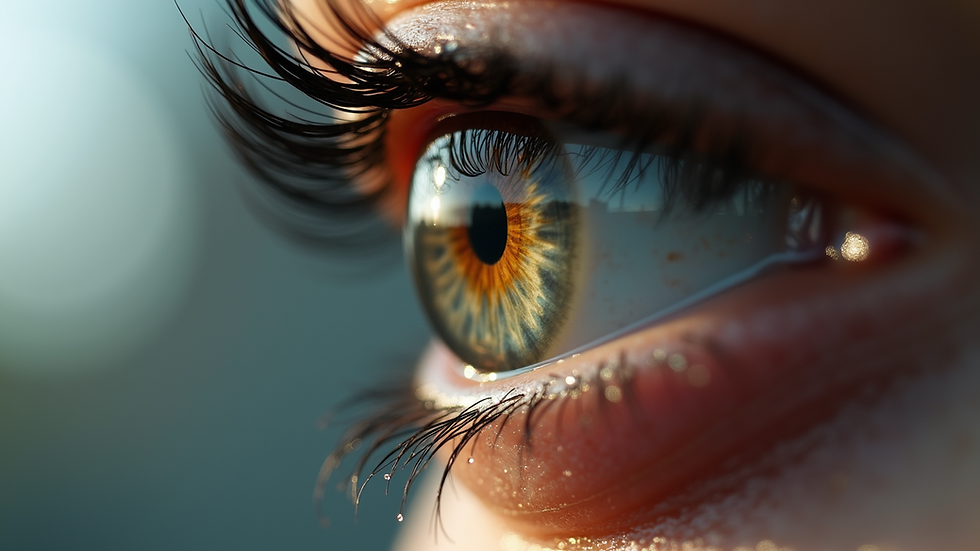How is pterygium treated with surgery?
- sohraab yadav
- May 31, 2023
- 2 min read

Pterygium is a benign growth of the conjunctiva, the clear tissue that lines the white part of the eye and the inside of the eyelid. It is characterized by a triangular-shaped patch of pink or flesh-colored tissue that grows over the cornea, the clear front part of the eye. Pterygium is most commonly found on the nasal side of the eye, but it can also occur on the temporal side.
Pterygium is caused by prolonged exposure to ultraviolet (UV) rays from the sun and to wind and dust. People who spend a lot of time outdoors, such as farmers, sailors, and surfers, are at a higher risk of developing pterygium. The condition is also more common in people living in tropical and subtropical regions.
In most cases, pterygium is a cosmetic problem and does not cause any symptoms. However, in some cases, it can cause redness, itching, burning, and a feeling of having something in the eye. It can also cause glare and halos around lights, especially at night. In severe cases, pterygium can grow large enough to interfere with vision and may need to be surgically removed.
One of the most effective surgical techniques for removing pterygium is conjunctival autograft surgery. In this procedure, a small piece of the patient's own healthy conjunctiva is taken from the unaffected eye or unaffected part of the same eye and used to cover the area where the pterygium was removed. This is known as an "autograft." The autograft provides a barrier that prevents the pterygium from recurring and also helps to restore the normal structure and function of the eye.
The surgery is typically performed on a day case basis, under local or general anesthesia. The procedure involves removing the pterygium and the underlying abnormal tissue using a scalpel or a laser. The autograft is then sutured or glued into place and the eye is covered with a protective shield to prevent injury.
Recovery after conjunctival autograft surgery is typically quick, with most patients able to return to normal activities within a few days. Pain and discomfort are usually minimal, and can be managed with over-the-counter pain medication. There may be some swelling, redness and crusting of the eyelids, but these symptoms usually resolve within a few days.
It's important to note that even with this surgery, there is still a small chance that the pterygium may recur. However, the recurrence rate is significantly lower with conjunctival autograft surgery than with other surgical techniques.




Comments